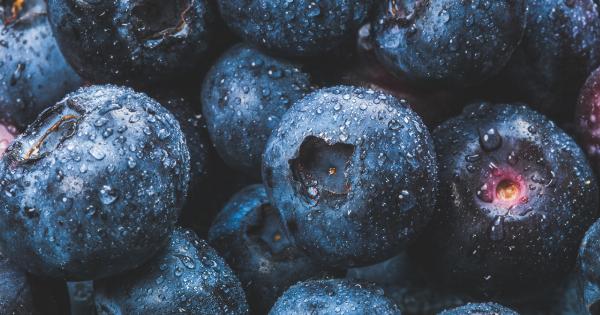The holiday season is a time for joy, celebration, and indulgence in delicious treats. However, with the abundance of sugary delights around every corner, it’s easy for our sugar intake to skyrocket, leading to unwanted health consequences.
To ensure you have a healthier holiday season, here are some tips on managing sugar upliftment.
1. Be Mindful of Portion Sizes
One of the easiest ways to control your sugar intake during the holiday season is by being mindful of portion sizes. While it’s tempting to load your plate with every dessert available, try to limit yourself to smaller servings.
Enjoy a taste of your favorite treats, but savor them mindfully and avoid going back for seconds.
2. Choose Healthier Alternatives
Instead of loading up on sugar-laden goodies, opt for healthier alternatives that still satisfy your sweet tooth. Choose fruit salads, yogurt parfaits, or homemade granola bars instead of heavily processed desserts.
These alternatives can be just as delicious, but with reduced sugar content.
3. Stay Hydrated
Drinking an adequate amount of water throughout the day can help curb your cravings for sugary treats. Often, we mistake thirst for hunger or sugar cravings, so make it a habit to hydrate yourself regularly.
Opt for water, herbal teas, or infused water with fresh fruits to keep yourself hydrated and feel more satiated.
4. Practice Mindful Eating
During the holiday festivities, it’s crucial to practice mindful eating. Take the time to savor and enjoy each bite, paying attention to the flavors, textures, and satisfaction you gain from the food.
By eating mindfully, you can better tune into your body’s signals of hunger and fullness, preventing unnecessary sugar indulgence.
5. Plan Balanced Meals
While it can be tempting to graze on holiday treats all day, setting aside time for balanced meals is crucial for managing sugar upliftment.
Include lean protein, whole grains, and plenty of vegetables in your meals to provide vital nutrients and help stabilize blood sugar levels. This will prevent sudden sugar cravings and provide sustained energy throughout the day.
6. Don’t Skip Breakfast
Skipping breakfast is a common mistake many people make, especially during the holiday season. However, starting your day with a nutritious breakfast can help stabilize your blood sugar levels and reduce cravings for sugary snacks later on.
Opt for protein-rich options like eggs, Greek yogurt, or smoothies with added greens.
7. Find Healthy Baking Substitutes
If you love baking during the holiday season, consider using healthier substitutes for sugar in your recipes. Instead of using refined sugar, experiment with alternatives like natural sweeteners, such as stevia, honey, or maple syrup.
Additionally, using whole grain flours or almond flour instead of refined white flour can also make your treats healthier.
8. Get Active
Regular physical activity helps regulate blood sugar levels and reduce sugar cravings. Make it a point to incorporate exercise into your holiday routine. Go for a walk after meals, dance to festive tunes, or join a virtual fitness class.
By staying active, you not only burn calories but also manage sugar upliftment more effectively.
9. Be Selective with Treats
When faced with an array of sugary treats, be selective about which ones you indulge in. Allow yourself to enjoy your absolute favorites in moderation, but skip the ones that you do not find as tempting.
This way, you can still savor the holiday flavors without going overboard with your sugar intake.
10. Prepare and Bring Your Own Treats
If you’re attending holiday gatherings or parties, consider preparing and bringing your own healthier treats. This ensures that you have options available that align with your sugar management goals.
You can create delicious dishes like fruit skewers, vegetable platters, or mini dark chocolate bites to share with others while sticking to your plan.
Conclusion
Managing sugar upliftment during the holiday season can be challenging, but it’s essential for maintaining good health and preventing sugar-related issues.
By being mindful of portion sizes, choosing healthier alternatives, practicing mindful eating, and incorporating regular physical activity, you can enjoy the festivities while keeping your sugar intake in check. Remember, moderation, balance, and self-awareness are key to a healthier and more enjoyable holiday season!.






























